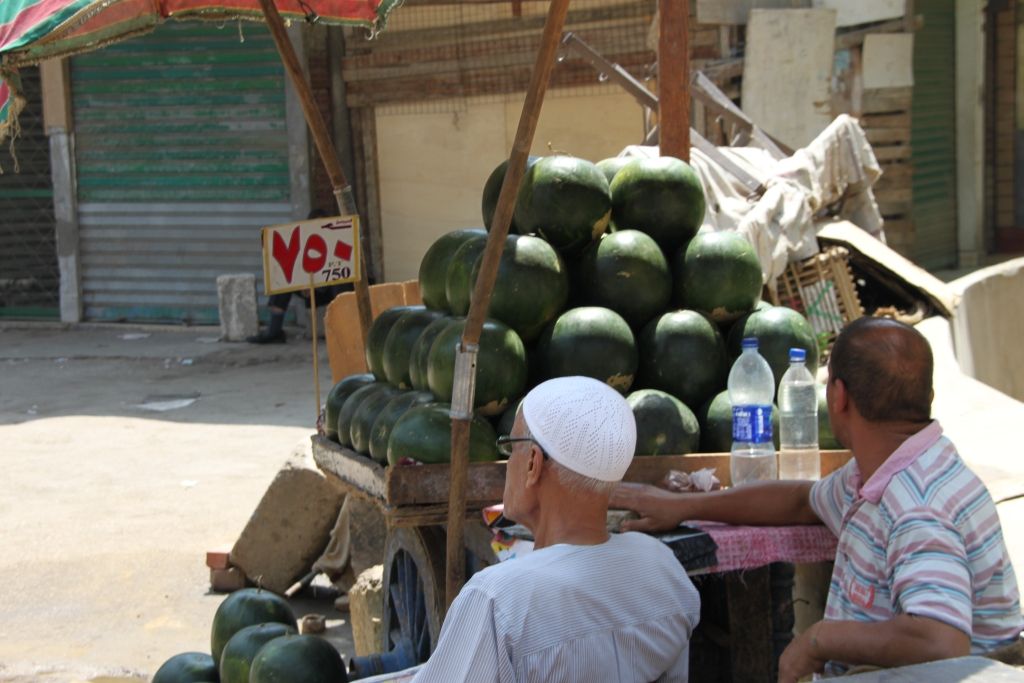
It is a shopping street, but as I said that I was there relatively early on a SUnday, so it was fairly deserted.
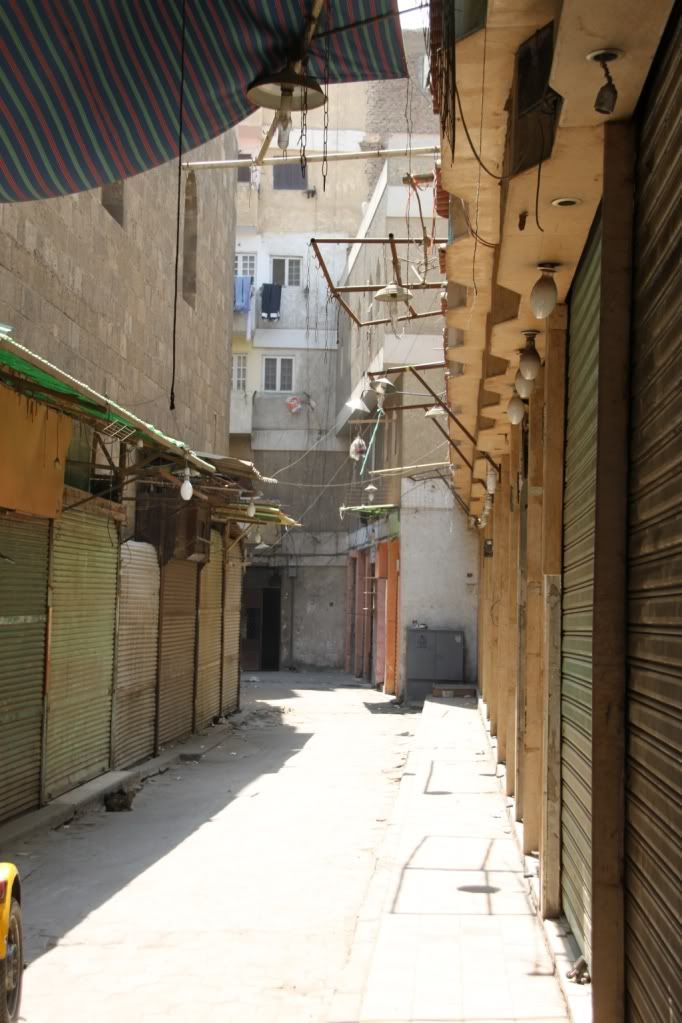
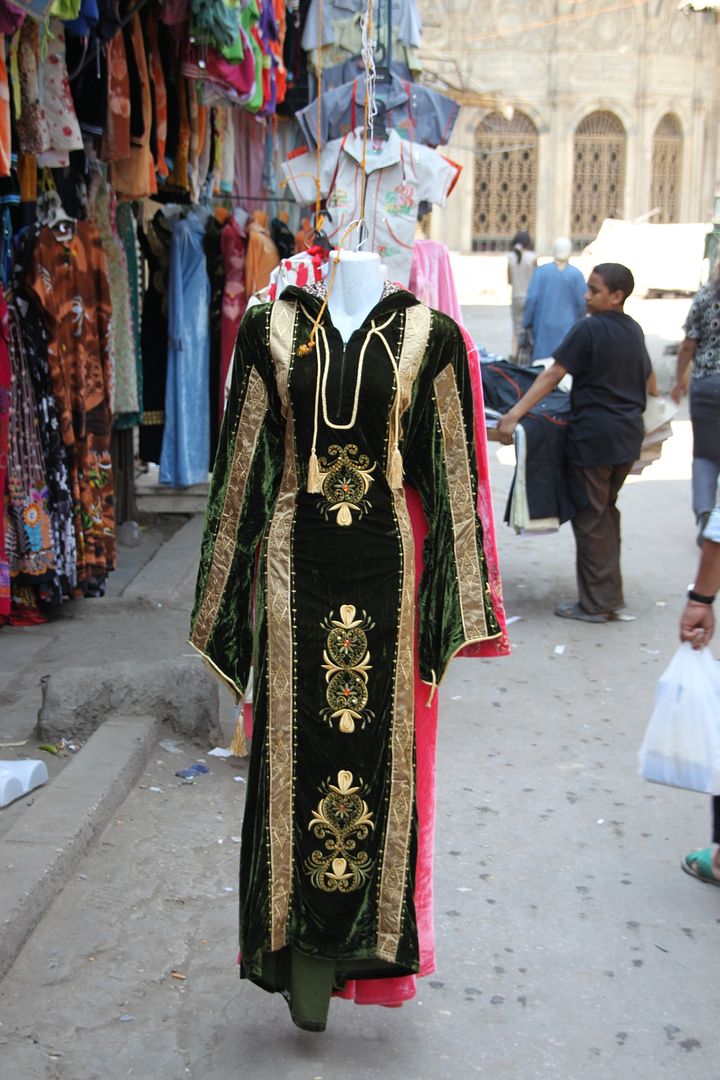
Most, but not all. shops were closed. Here is one which was open and had a rather opulent set of clothes hanging off hangers in the front of the shop.

Right in front of the mosque was this jewellery shop. Nice plaque with Arabic writing and the word Mashalla.

A street sign.

A wooden chandelier, I never saw anything like this. Fascinating.
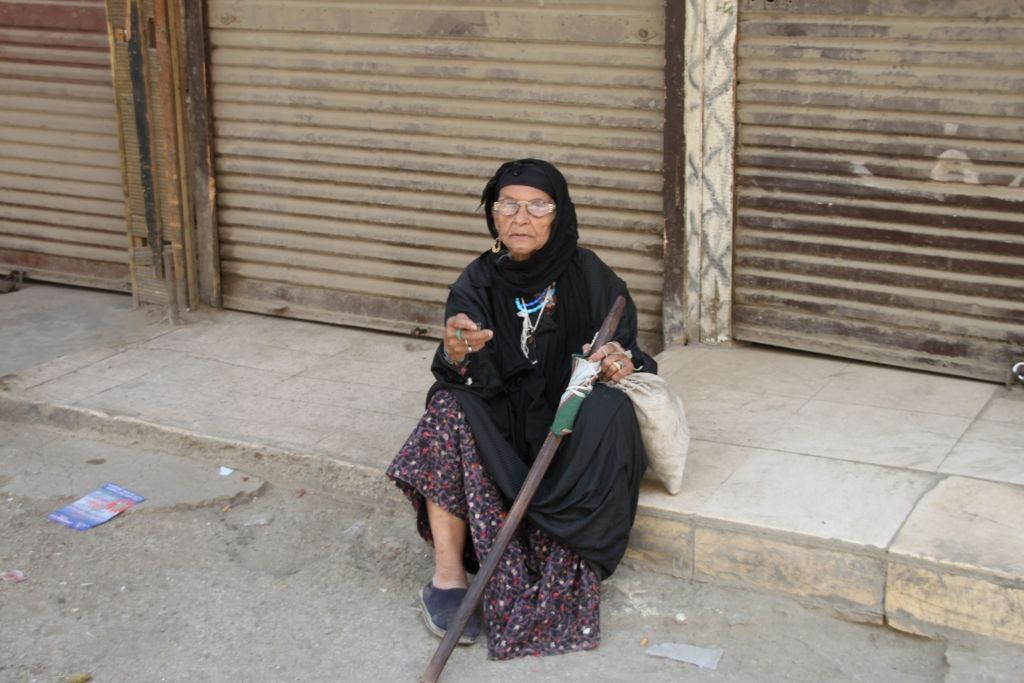
A lady who was requesting alms. I wanted to speak to her, but the pull of the mouldy old buildings was harder. I saw somebody give her some money and her soft benedictions followed the good Samaritan with a heart of gold.
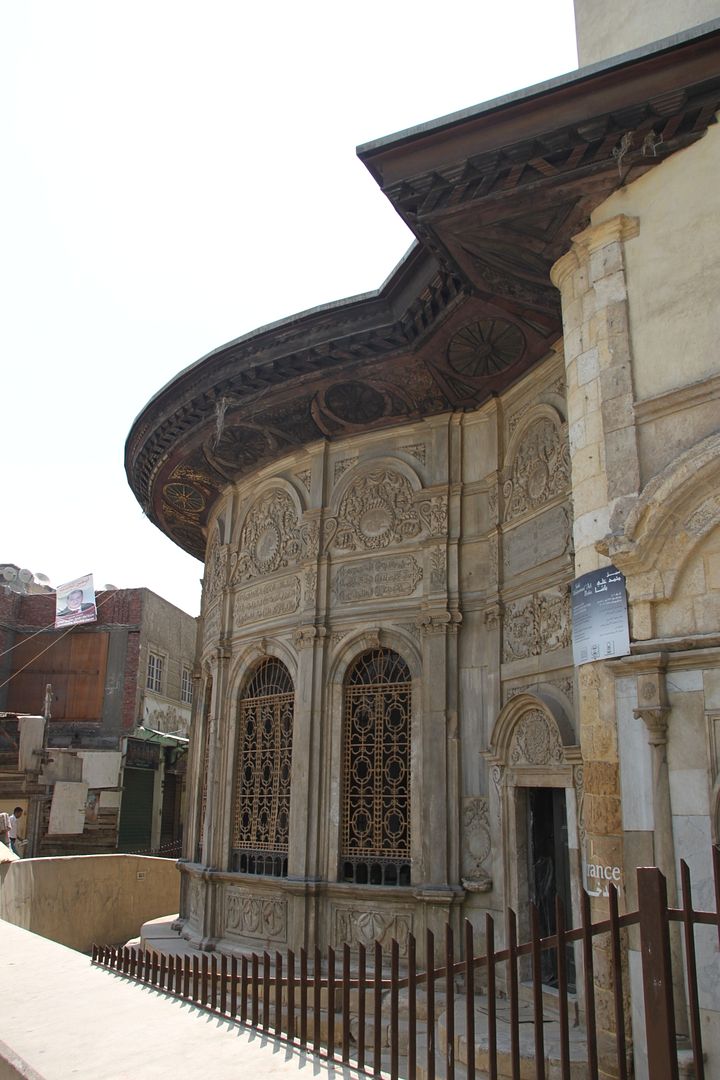
This is the extremely opulent, recently restored marble Sabil Muhammad Ali Pasha which was built in 1820. This is an extraordinary building, with the most unlikely set of architectural features. There is even a book about this. I have ordered it, but haven't read it yet. This was made by Muhammad Ali Pasha when his son Tusun died in 1816. As mentioned in another photo essay, the sabil is a public cistern and water fountain, many times combined with a place to rest. The idea being that the sponsor makes this and every time anybody drinks from the sabil, their best wishes and prayers go to make the departed soul’s afterlife better. What a great idea. You can see the wall on the left, the sabil was originally at street level but with additions on the road and general decay meant that the road is higher now than when it was constructed. So the restoration has cleaned it out and showed the lovely base of the building and the worn steps.
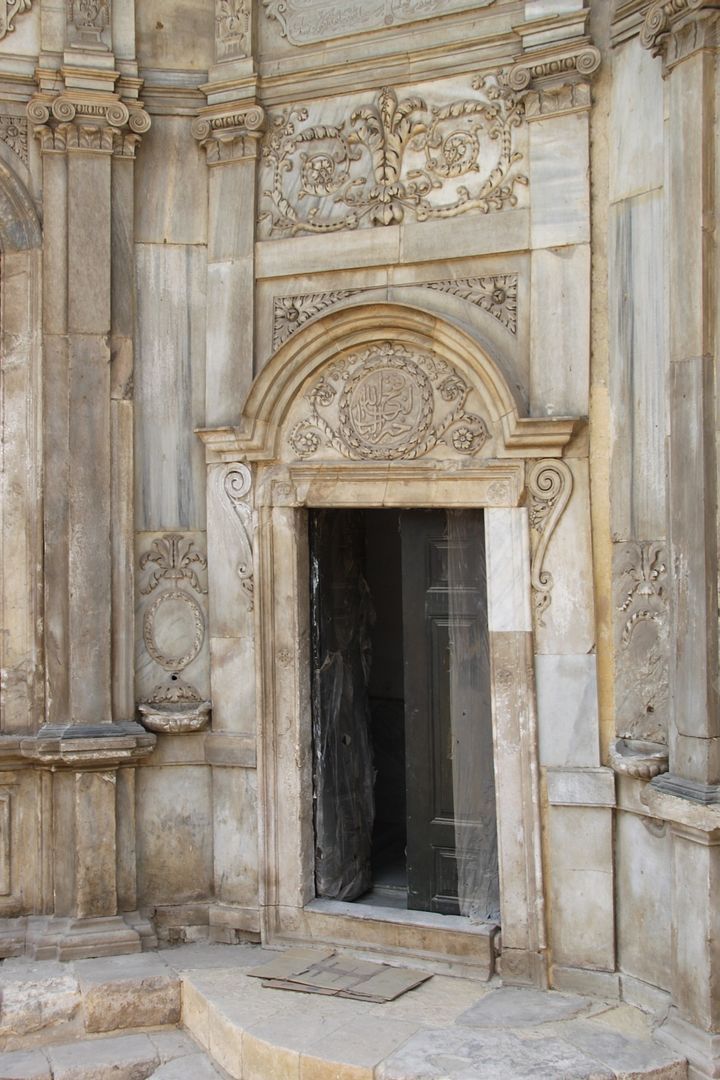

Here is a good article on this sabil from a local reporter. The front of the sabil is curved and very richly carved with gilded window frames. See the top of the right hand side photograph, one section has been totally restored with gilding and colours, but the other sides are not finished yet, giving a rather startling contradiction and counterpoint to the restored section. It's almost overpowering. I felt that I was in Rome actually, this kind of very heavy marble carving, windows and woodwork is something that I have seen there.

Just to the other side of the curved front end is the other side of the sabil with beautiful protruding rounded lintels. I was quite surprised to see just how much restoration has been done on these areas by the US Taxpayers. I would estimate just based upon the number of years and the number of buildings that it would have been at least $250m if not more. Pretty good going.
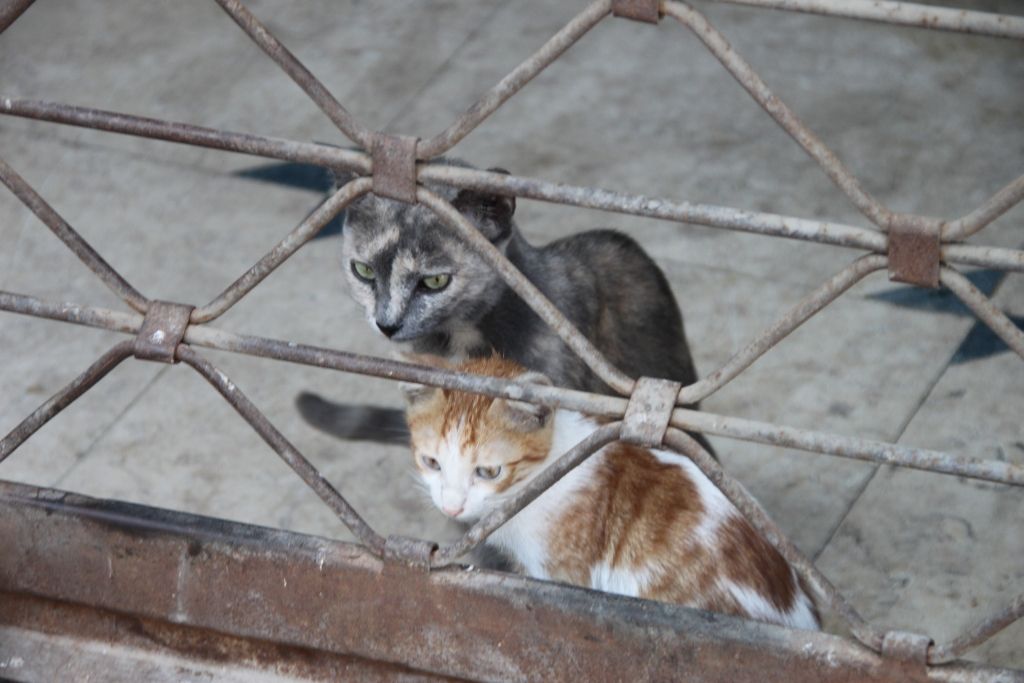
Check out the two tiny kittens, they have obviously identified something of deep interest.
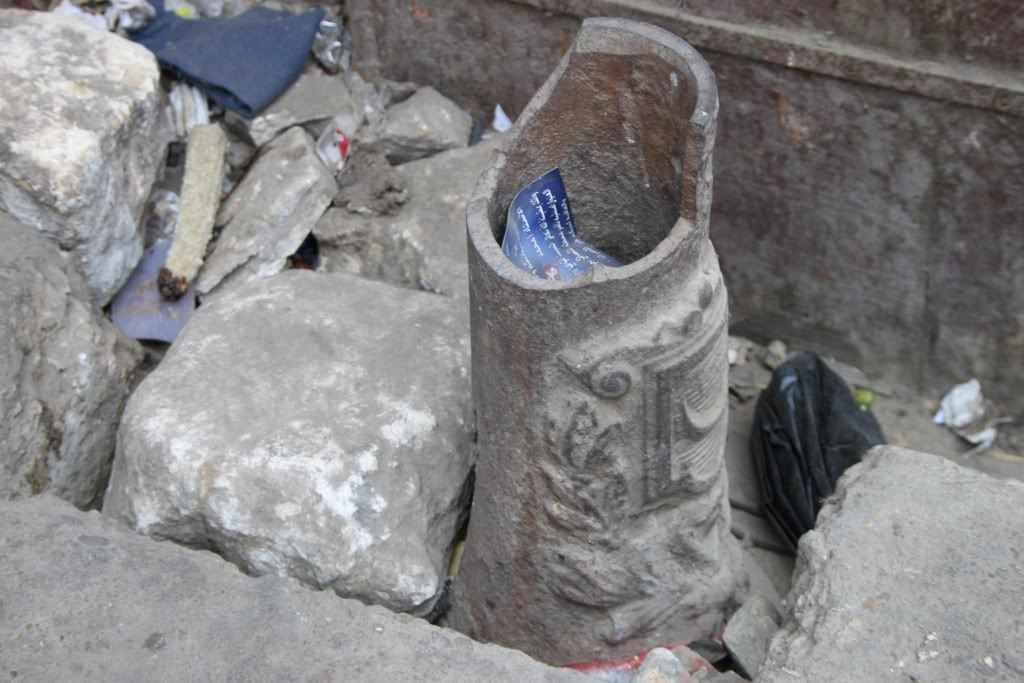
Here was a very interesting artefact. This looks like it was the base of an electricity or gas lamp post, or perhaps even a traffic bollard, but has now broken off. It could also be the base of a pillar which supported some kind of an entrance.
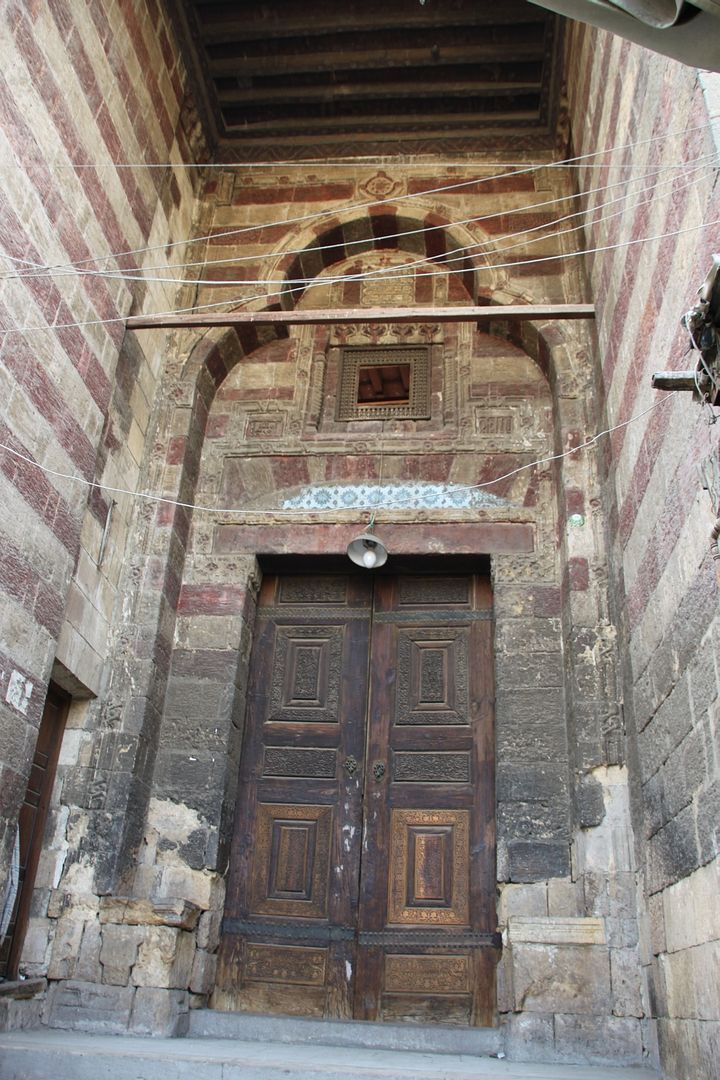
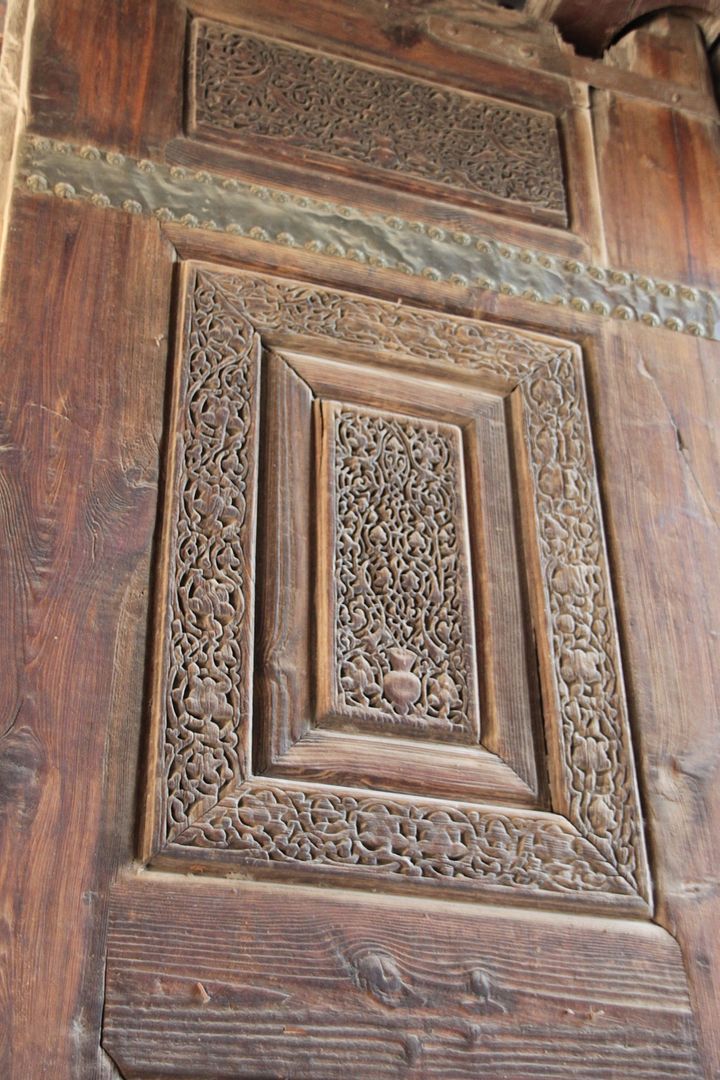
I looked up at this lovely little mosque. Again, it has striped stones making it very attractive, and the doors are intricately carved.
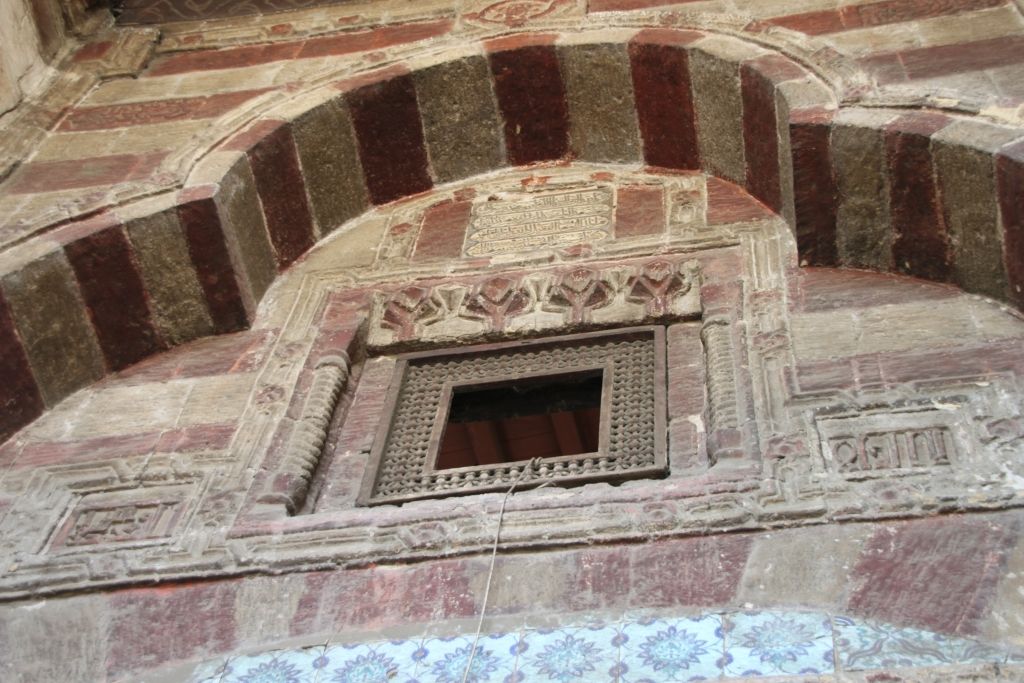
The top of the entrance shows the exquisite carvings and a mashrabiya window, the red and white stone stripes provides a sense of happiness and fun.


It is a small mosque, hardly 50-60 meters square, very plain and functional. There were quite a lot of tourist policemen sleeping it off inside as well.
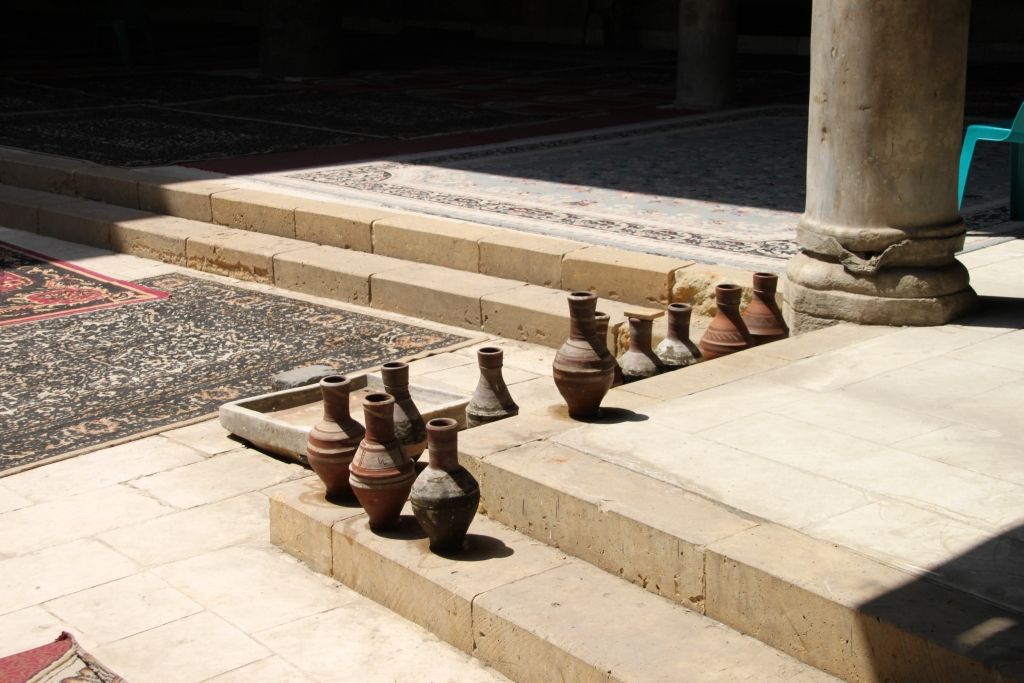
Earthenware pots to keep the water cold.

The dome had basic windows which let in a diffused light into the minbar area.

The familiar ottoman era pencil minaret but this was, I am afraid to say, nearly falling apart. The top of the minaret had holes, the sides were peeling off and I am not very sanguine about the future of this minaret if this isn't restored reasonably quickly.

Lovely iron knocker / door handle on the wooden doors. The wood itself is very old and rounded and chipped and scarred and dented and and and. This is a functional mosque and it spoke to me a bit.
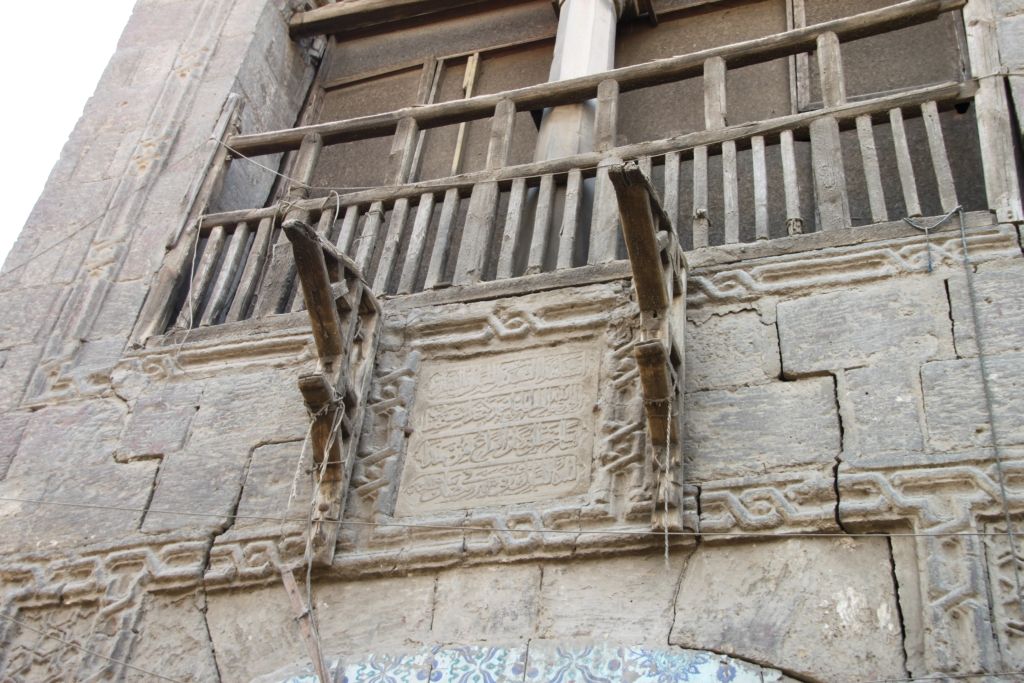
This puzzled me and then I sort of filled in the blanks. Looks like this was a mashrabiya and two supports can be seen. More holes are visible for more supports which seem to have fallen off. The mashrabia fixtures can also be seen in the raised moulding around the window. It also has a plaque with Arabic writing on it, but looks like this window contained a mashrabiya at one time but then it fell off, so they converted it into a balcony with a rather manky pair of windows and a wooden fence.
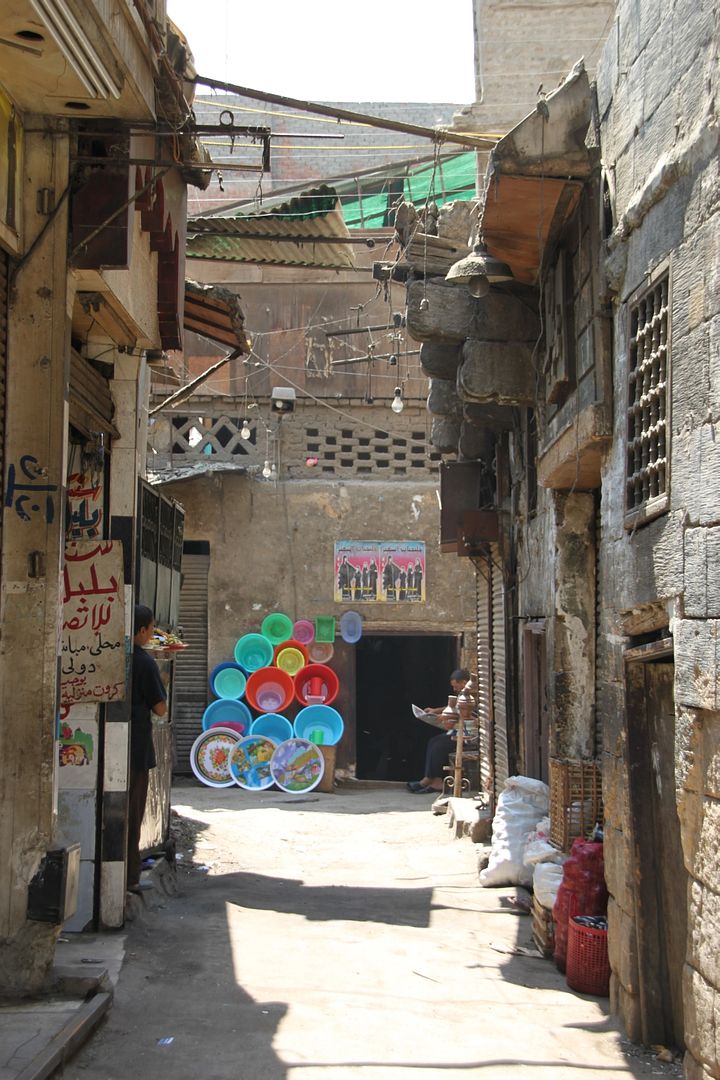
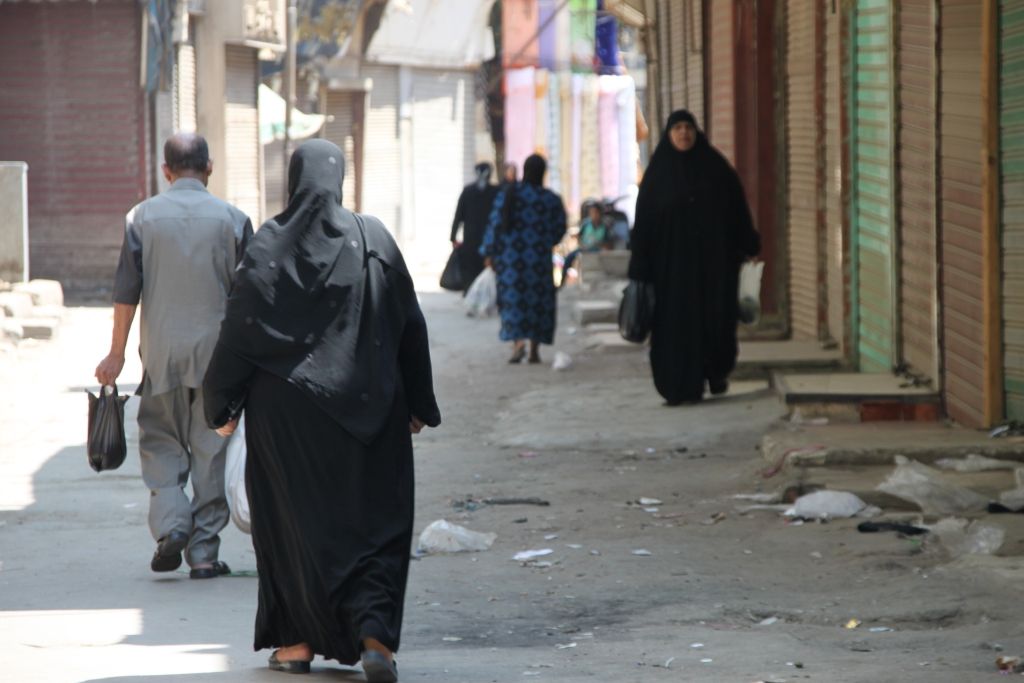
As I mentioned, it was nearly deserted, many shops were not open, but some were. The colourful plastic implements making a nice visual contrast to the otherwise dusty streets and grey / brown stone / cement walls. I also noticed quite a lot of veiled women.

This street is such a mish mash of architectural styles. Here is a fairly typical colonial era European style building with Greek lintels, wooden slatted shutters and square blocked off corners. Could well be French or British for all I know, but the tiny minaret poking up behind this building is fascinating.
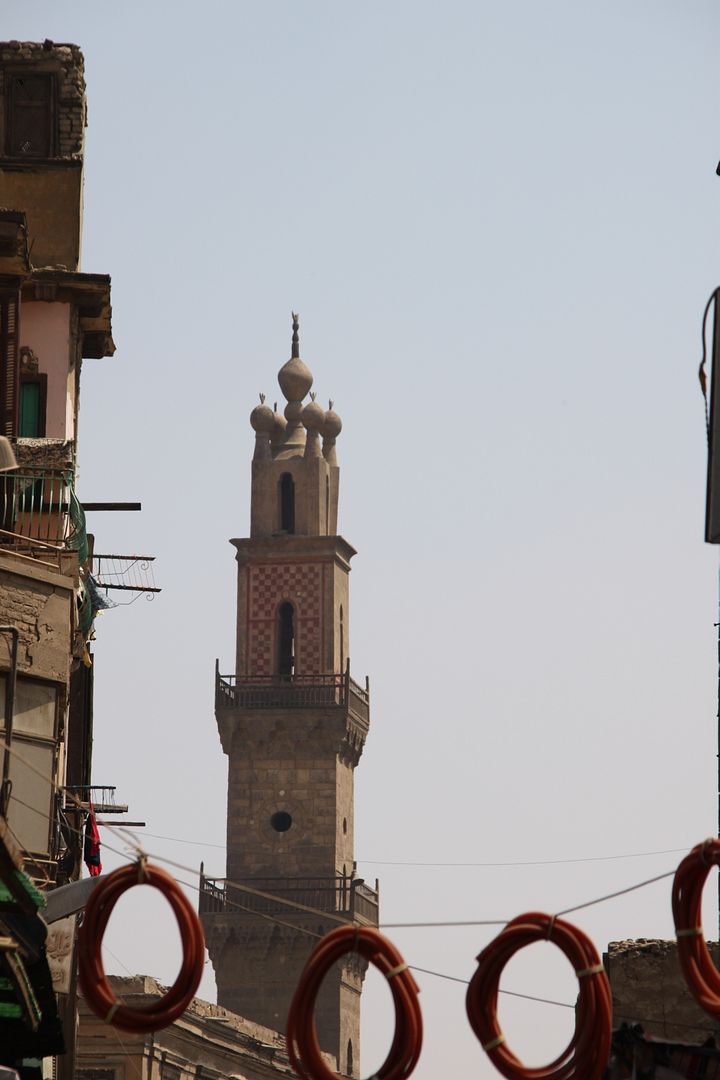
This square minaret with four subsidiary bulbs and one major bulb sits on a beautiful red and white chequered facade. Absolutely unique. This is the Al Ghouri Complex comprising of two buildings connected together with a giant wooden roof. A huge amount of restoration is taking place.

Here is the right hand side building where sufis and dervishes still celebrate the wonder of God. Black and white stripes on the gateway make it a great sight. This was supposed to contain the tomb of Qansuh al Ghouri, who was the last Mamluk sultan between 1501-16 and died when the Ottoman Turks took over Egypt in 1517. The body of the sultan was never recovered so his son’s body is interred here instead.

The left hand side is similar in architectural style and the covered roof is supposed to have protected the city’s silk market traders and their goods who would spread out their brilliant goods under this roof.
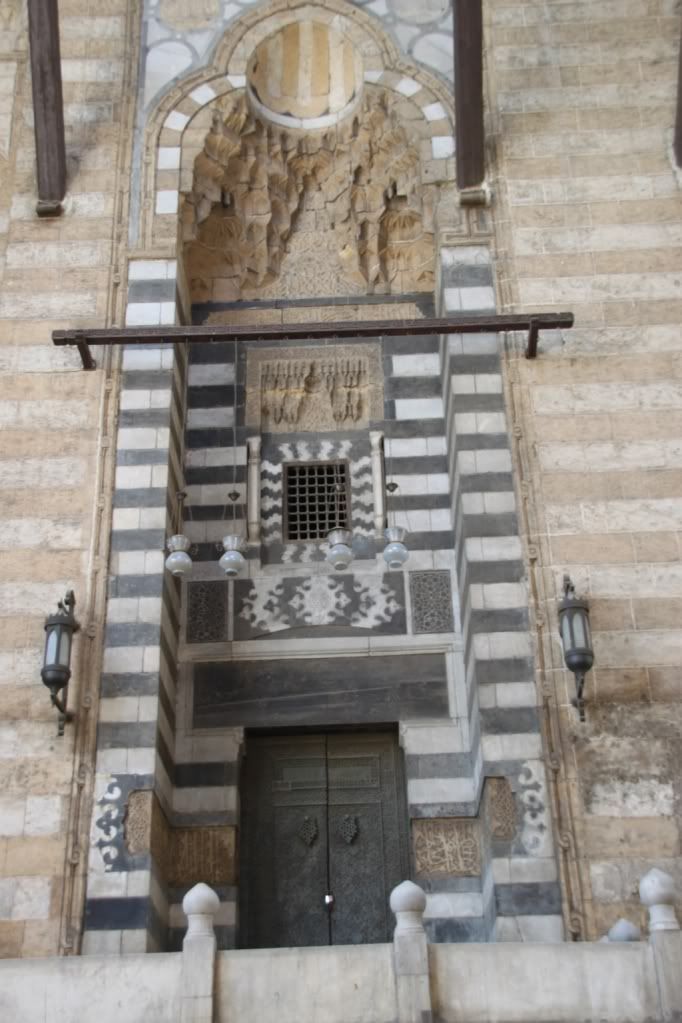
You can see the scintillating artistry displayed in various materials. The bronze door is exquisitely carved. The black and white stripes with granite and marble stones show the builder’s skills. On top is the familiar scalloped cloud design which is unfortunately worn away now.

Lovely lamps on both sides of the door. I am sure this would have looked mysterious and welcoming at the same time when it was constructed.
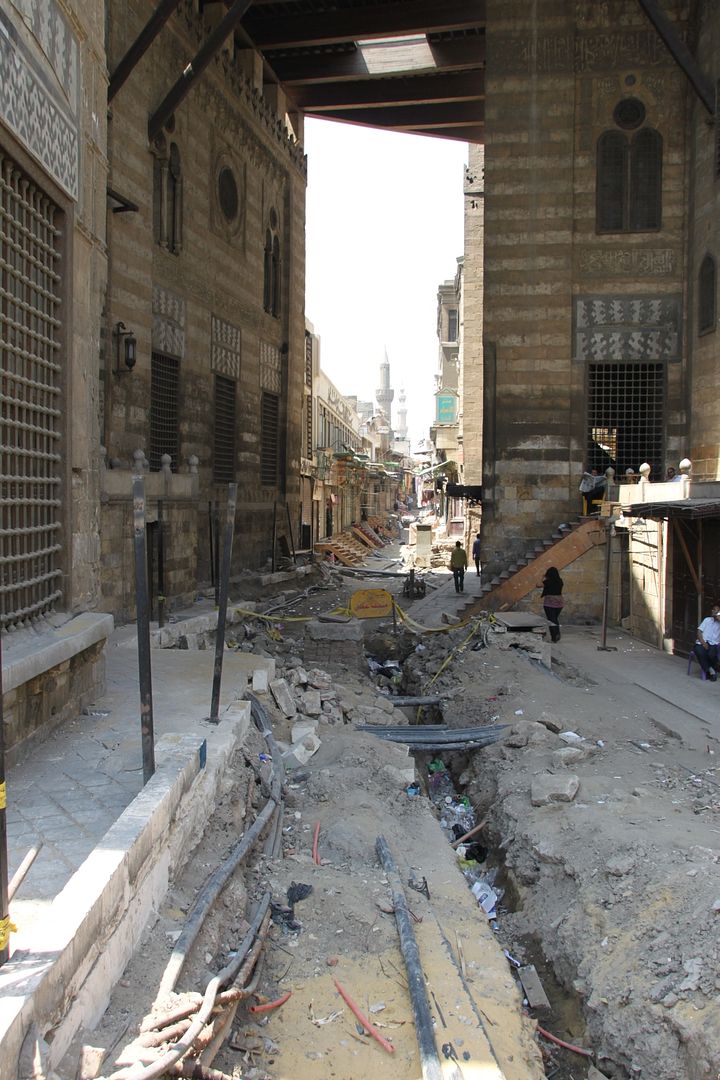
See what I mean by the entire street being dug up? You can see the little derelict mosque minaret in the middle and in the far distance, the Bab Zuewila gate dimly in the background.
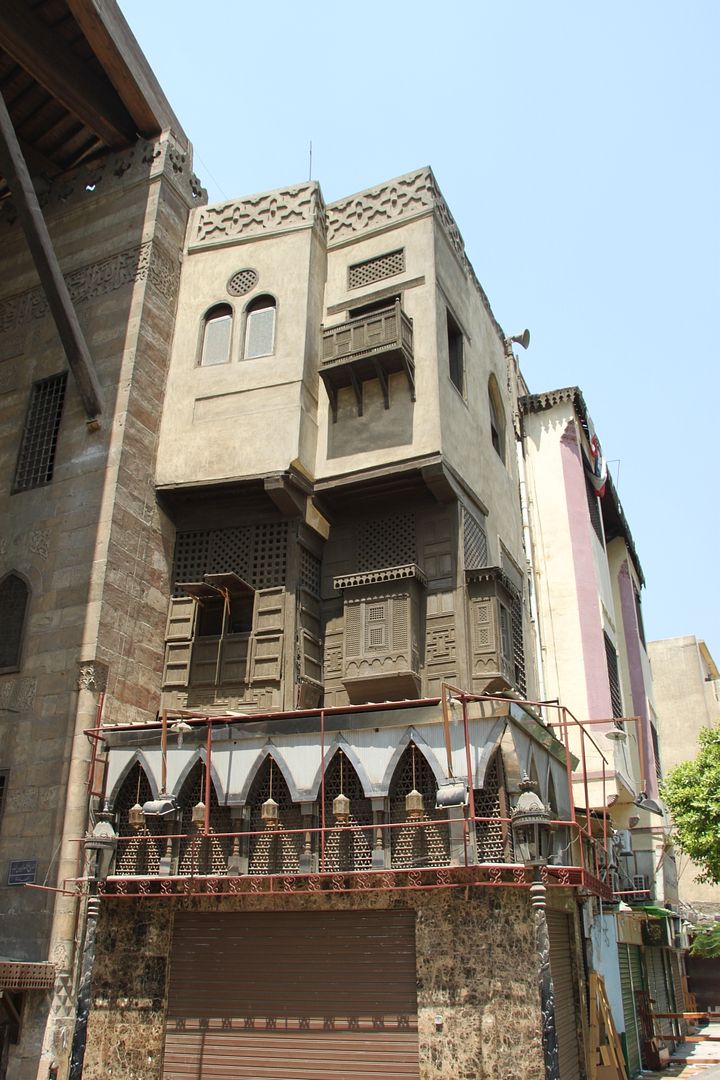
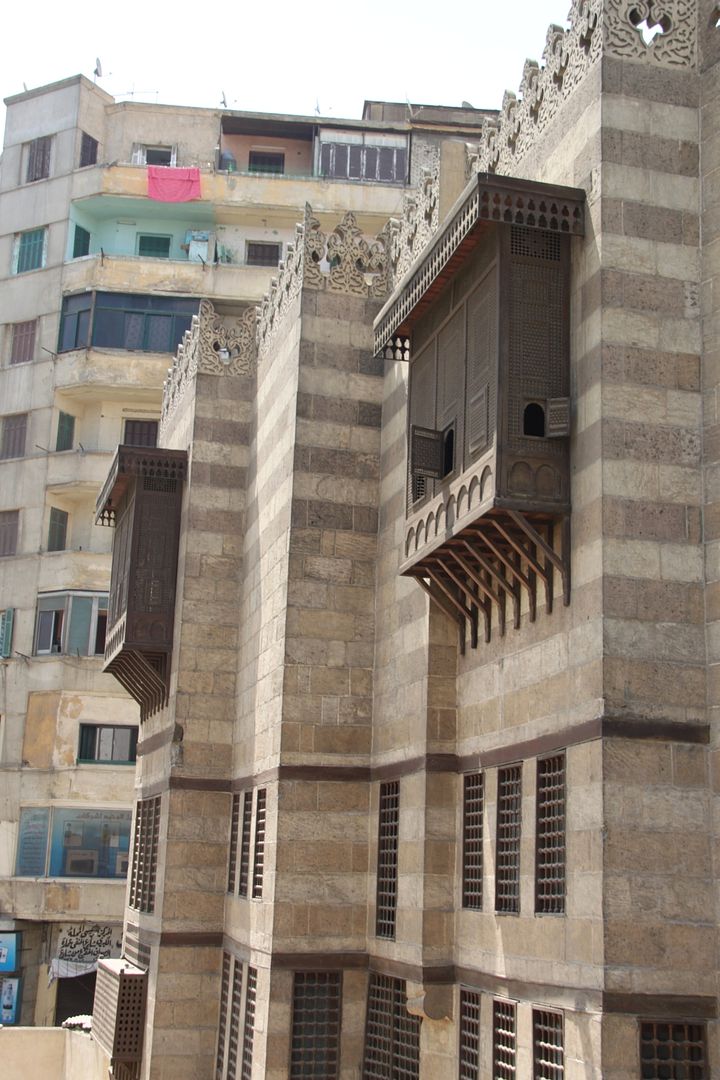
More detail of the outside of the Al Ghouri complex with mashrabiyas, striped stone facades and lovely wood carved lintels and doors.
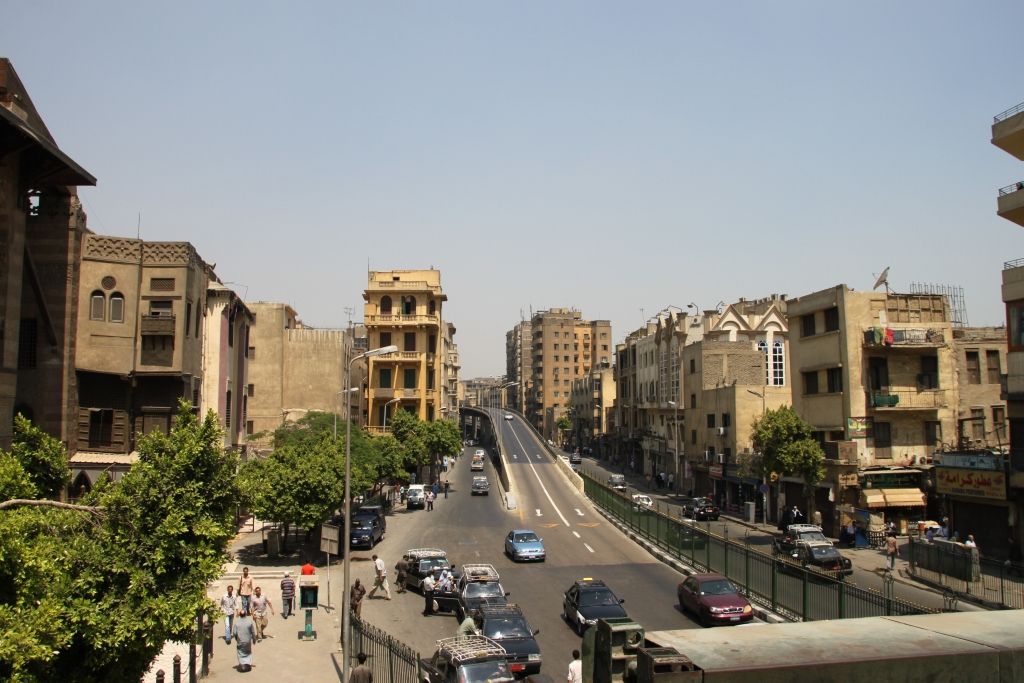
Looking up west while standing on the pedestrian bridge. This road leads to the Al Azhar Mosque.
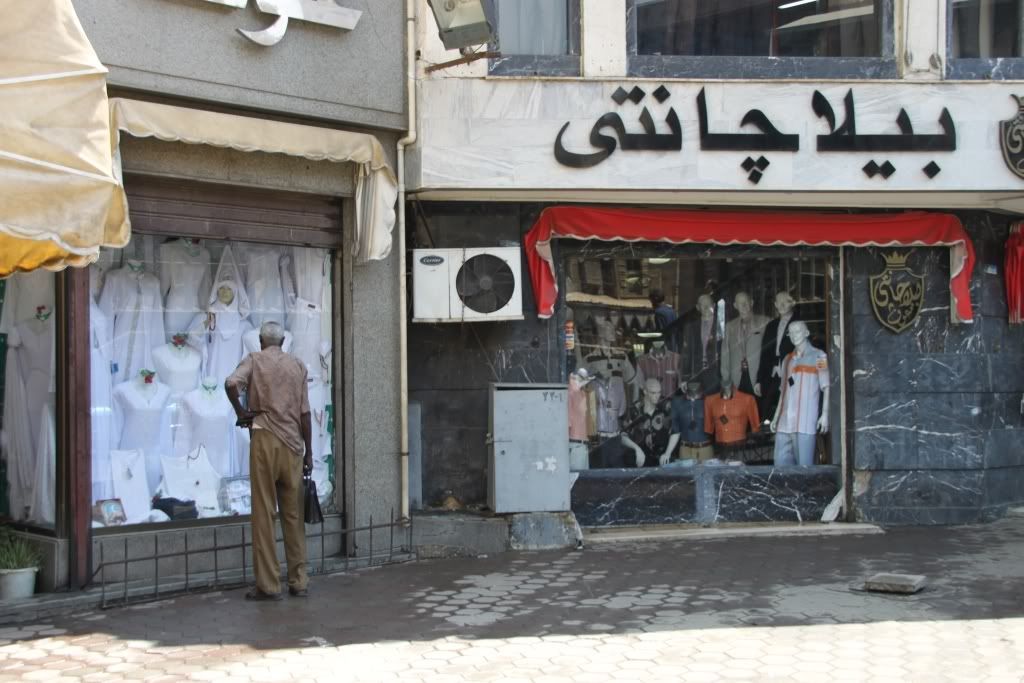
Stepping over the pedestrian bridge to the other side of the road, noticed these two shops, the left hand side selling clothing appropriate for making the haj and standard clothing on the right.
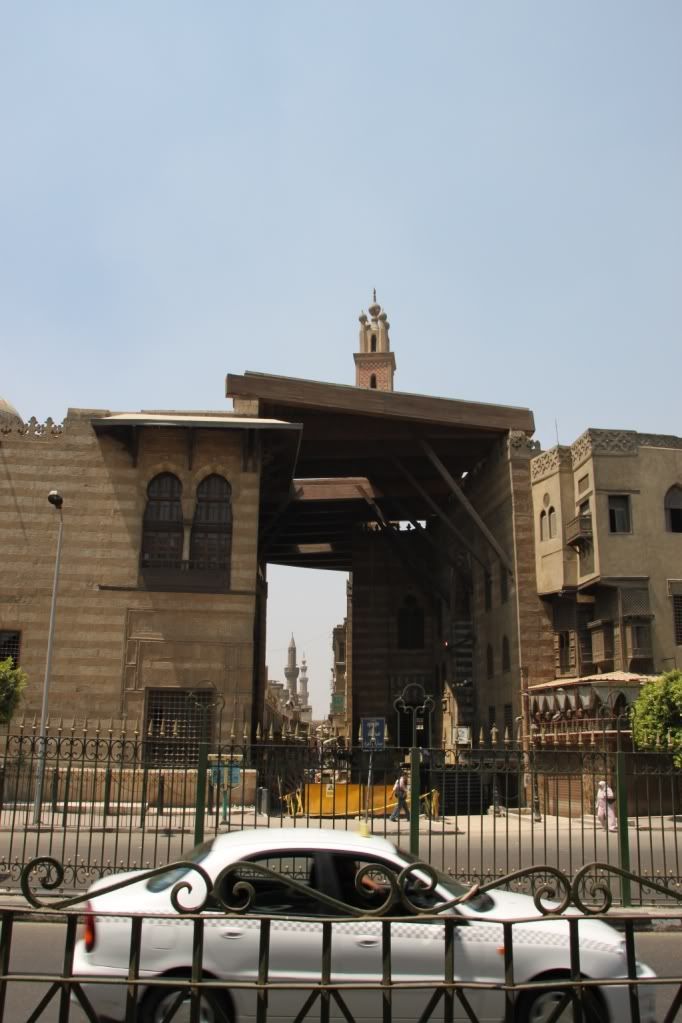
Looking back at the Al Ghouri Compex. Pretty imposing, eh? Here is the slideshow with more photographs and higher resolution in case you are interested to see them. In the next photo essay, I cross into the Sharia al Muizz li Din Allah and report on a fascinating array of goods, food and mouldy old buildings.

No comments:
Post a Comment